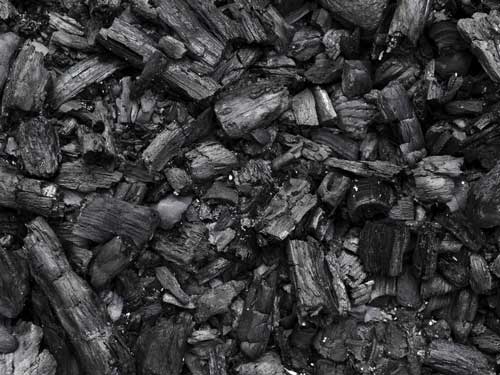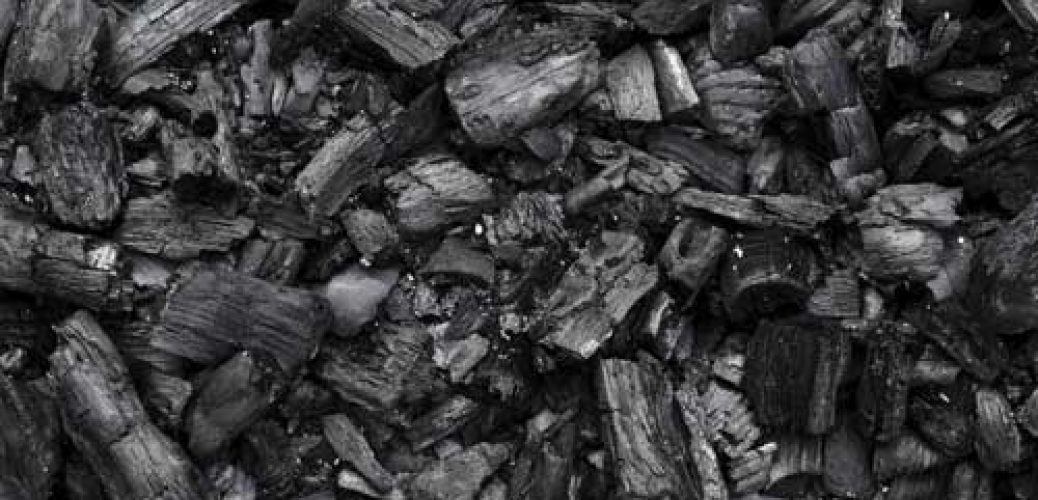What is activated carbon filter?
Carbon air filters are the filters most commonly used to remove gases. They are designed to filter gases through a bed of activated carbon (also called activated charcoal) and are usually used to combat volatile organic compounds (VOCs) released from common household products. They are also often used to remove odors from the air, such as the smell of tobacco smoke. They cannot remove fine particles like mold, dust, or pollen from the air.
Activated carbon air filters remove pollutants from the air with a process known as adsorption. Note that this is different from absorption. In absorption, the substance you want to remove (let’s say water) is absorbed into the structure of the absorbent (like a sponge), but it doesn’t become a part of the absorbent on a molecular level. Therefore, when you absorb water with a sponge, the water does not become chemically bonded to the sponge. It just fills in the spaces inside it.
Carbon filters on the other hand use ad-sorption, not ab-sorption. The key difference here is that during adsorption the pollutants stick to the outside of the carbon. Whereas with absorption, the pollutants are absorbed inside the structure itself–as with the sponge.
Carbon is a lattice of carbon atoms connected to each other. The activation process is so important because the increase in surface area gives gases a greater area to stick to. When a molecule of some gaseous substance comes through the carbon, it can stick to the surface of the bed, provided there is an open adsorption site.
The process of adsorption allows carbon air filters to filter organic chemicals (gases) from the air. The problem with the activated carbon bed is that over time, the gaseous pollutants increasingly fill up the adsorption sites of the activated carbon. Once the bed is saturated, the filter can no longer trap pollutants. In fact, chemicals with a greater affinity for an adsorption site can displace those with lesser affinity, and the affinity of a given chemical for the sorbent is highly dependent on ambient conditions such as temperature and relative humidity. So, as conditions change, different chemicals may be released from the filter. When a carbon air filter is saturated, you might notice it giving off a strange odor. This is a strong indicator that it’s time to change your carbon filter.

How to effectively use an activated carbon air filter
Carbon air filters can be an important part of your home air purification system, but they have to be used correctly.
- Make sure it uses enough carbon. Some filters claim to be activated carbon filters, but they use only a trace of carbon. These will not be effective because they become saturated almost immediately. A rough guideline is that a good activated carbon air filter uses at least five pounds of carbon–of course, not all carbon is created equal, and some may have more binding sites (and saturation capacity) than others. But, generally speaking, the more carbon used, the more effective it can be because there will be more sorption sites to stick to.
- Air flow is vital. To remove the most pollutants possible from the air, the air needs to spend the maximum possible amount of time passing through the carbon. In the air filter industry, this is known as “dwell time.” A filter with a good amount of carbon of sufficient thickness and high dwell time is going to be far more effective than a filter with a thin layer of carbon.
- Change your carbon filter. Once the carbon becomes saturated, it loses all effectiveness as an air filter. It is imperative that you change it out for a fresh carbon filter when this happens. The problem is that there is not a perfect method of knowing when carbon is saturated. Sometimes you will notice the smell; sometimes you will not. You can follow the manufacturer’s guidelines and change it on a regular basis, although this is just a rough estimate. The carbon becomes saturated depending on how heavily it is used and the amount of pollutants it is exposed to. Replacing carbon filters is a costly investment, but a monthly replacement schedule is a good starting point.
